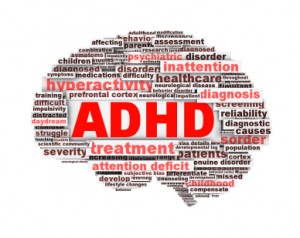
First FDA Approved Scan for ADHD -7 Things to Know about ADHD and Brain Scans
The FDA recently approved the first mental health diagnosis to use a brain scan called an electroencephalogram, or EEG, that measures electrical impulses in the brain. The EEG records different brain wave patterns including alpha, beta, delta, and theta waves.
In children and adolescents with Attention Deficit Hyperactivity Disorder (ADHD), the ratio of theta to beta waves has been shown to be higher. The FDA approved test is called the NEBA, the Neuropsychiatric EEG-Based Assessment Aid System.
The study used to receive FDA approval included 275 children and adolescents. The study concluded that NEBA can assist in the diagnosis of ADHD amongst children and adolescents.
Here are 7 Things to Know about NEBA:
1. The test takes 20 minutes to complete.
2. As with all test results such as labs and x-rays, the information should be used with other clinical assessments such as psychiatric evaluations and questionnaires.
3. This test has only been approved in people aged 6-17 years old.
4. It has NOT been approved for adults but may eventually prove beneficial.
5. In the future, more sophisticated scans such as the functional MRI (fMRI) may aid in the diagnosis of ADHD.
6. Eventually, the NEBA may assist in other mental health assessments such as depression, bipolar disorder, and autism.
7. In my opinion, further research is necessary prior to recommending the NEBA due to the limited size of the study.
Conclusion
The NEBA is the first FDA-approved scan to assist in psychiatric diagnosis and eventually may be used for other disorders. In addition, it could lead to further research in using more sophisticated scans in the diagnostic process. At this time, I feel further research is necessary before using this tool clinically.
Resources:
Goldberg, Dan. Brain wave scan, approved by FDA, could help detect ADHD. Star-Ledger On-Line. July 17, 2013.
Park, Alice. Reading the Brain: FDA Approves First Scan for Diagnosing ADHD. Time Magazine On-Line. July 16th, 2013.
Leave a Reply